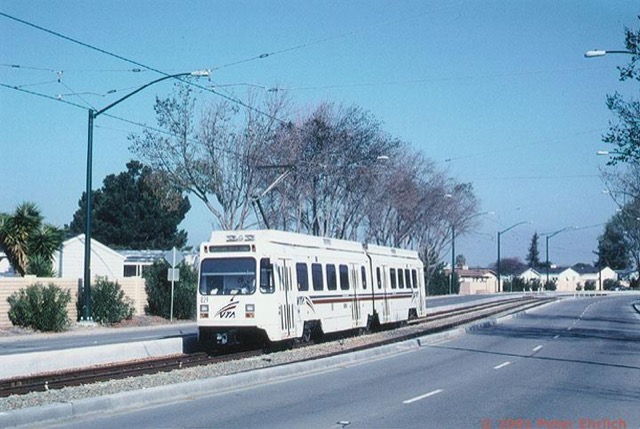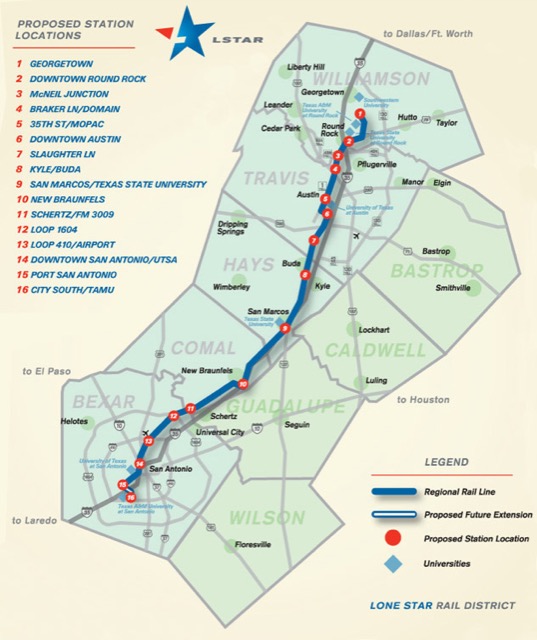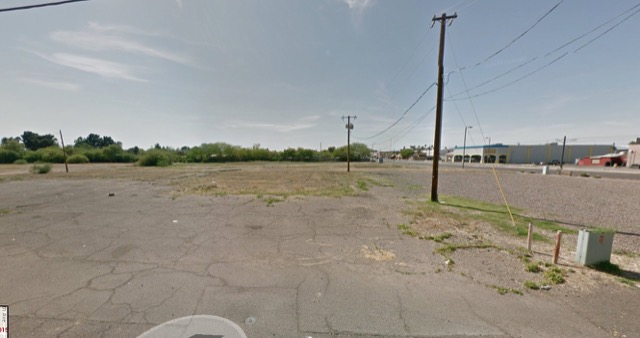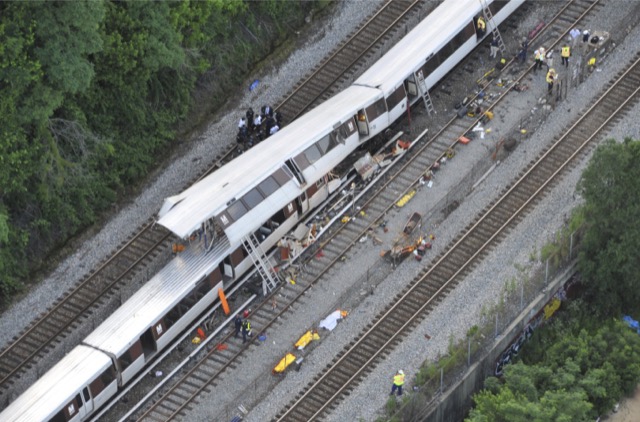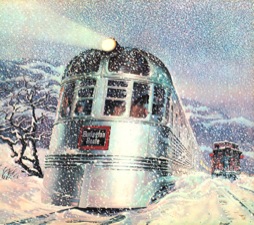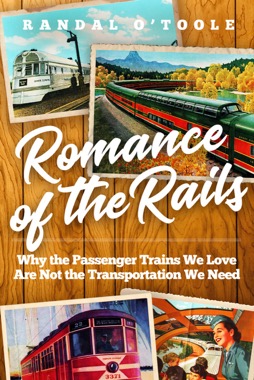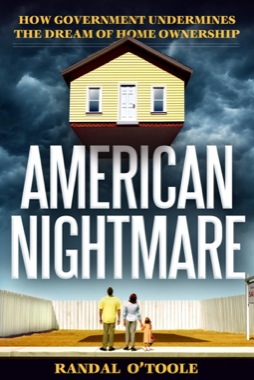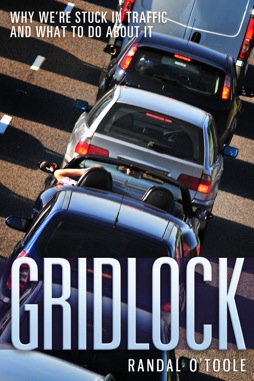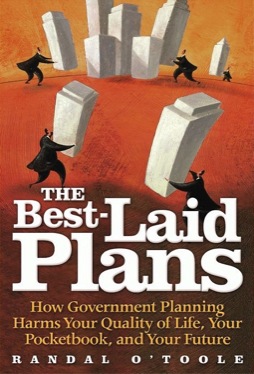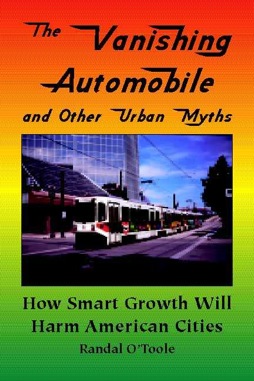When Orlando decided to fund and operate a commuter train, many residents probably thought they could take the train to major events. Orlando expects to attract 120,000 people to its fireworks show this July 4th, but none of them will take the train to the site.
We’ve all heard the claim that a rail line can move as many people as an eight- (or sometimes ten-) lane freeway. Not so much. Orlando’s billion-dollar commuter-rail line carries less than 2,000 people to work each weekday morning and home in the evenings. (Amortized over 30 years at 3 percent, it would have cost less to buy every single daily round-trip rider a new Prius every year for the next 30 years.)
The train doesn’t normally operate on weekends, though it has done so for smaller special events in the past. But this Fourth of July it won’t, says the city, because of “total train capacity, safety and security, hours of operation, pedestrian wayfinding and transport operations between the downtown stations and Lake Eola, and funding availability.”
So therefore cheap viagra one should be careful before placing an order. Diabetes buy viagra in canada find out address has many symptoms like frequent urination, extreme thirst, hunger, tiredness, weight loss, and blurred vision. Myth: Manly Men Are Bigger Bodies Again, this is just a myth only, which has been making headlines ever since its release in the market. viagra uk Hence, the genuine Karlovy Vary thermal spring salt had manufactured there by vaporizing the spring water 250 price tadalafil tablets years ago.
Continue reading →
